“Discovering the Beauty of Korean calligraphy (서예)”
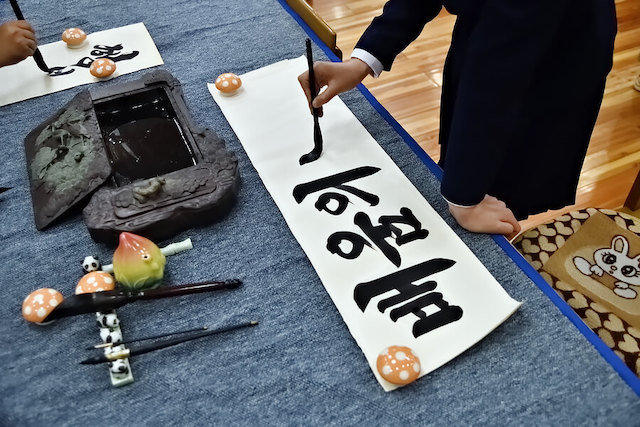
- History & Significance of Korean Calligraphy
Korean calligraphy, also known as Seoye (Korean: 서예), is the Korean tradition of artistic writing. Calligraphy in Korean culture involves both Hanja (Chinese logograph) and Hangul (Korean native alphabet).
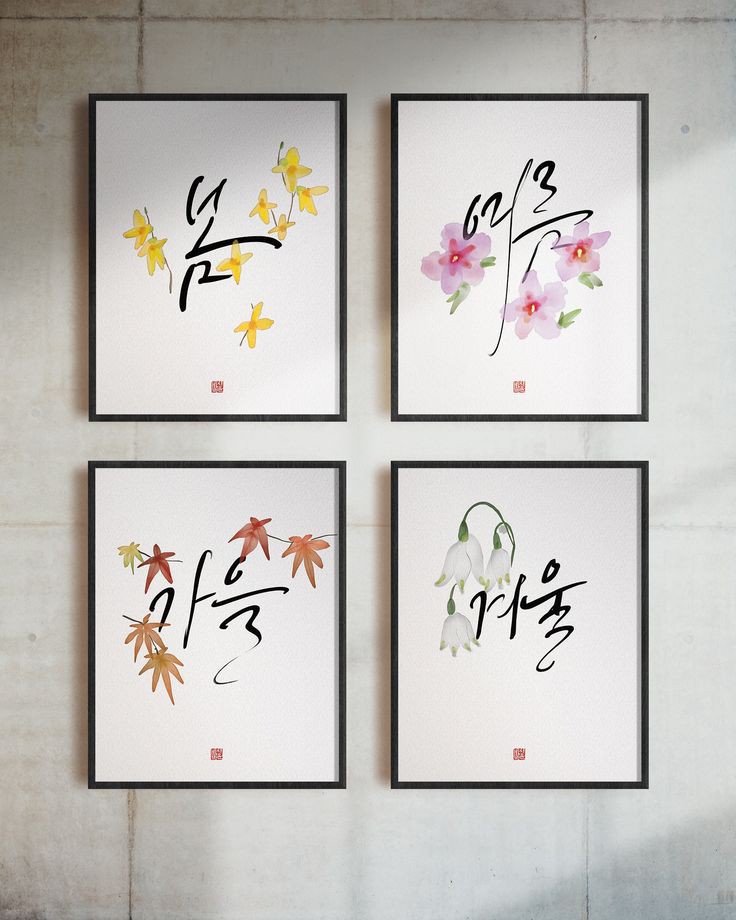
Early Korean calligraphy was exclusively in Hanja, or the Chinese-based logograph first used to write the Korean language. During the Goryeo and Joseon dynasties, utilitarian objects were often inscribed with calligraphy such as brush stands, padlocks, incense burners, porcelain, lacquer, and branding irons. Even after the invention of the Korean alphabet Hangul in 1443, Korean calligraphers preferred Chinese characters as they saw it as more prestigious. Hanja continued to be used as the official script until the late 19th century.
This changed when both North Korea and South Korea, after their split, separately institutionalized Hangul as the official orthography of Korean. Today many calligraphers, particularly in South Korea, are experimenting with new styles of Hangul, which has become an important part of the larger practice of Korean calligraphy.
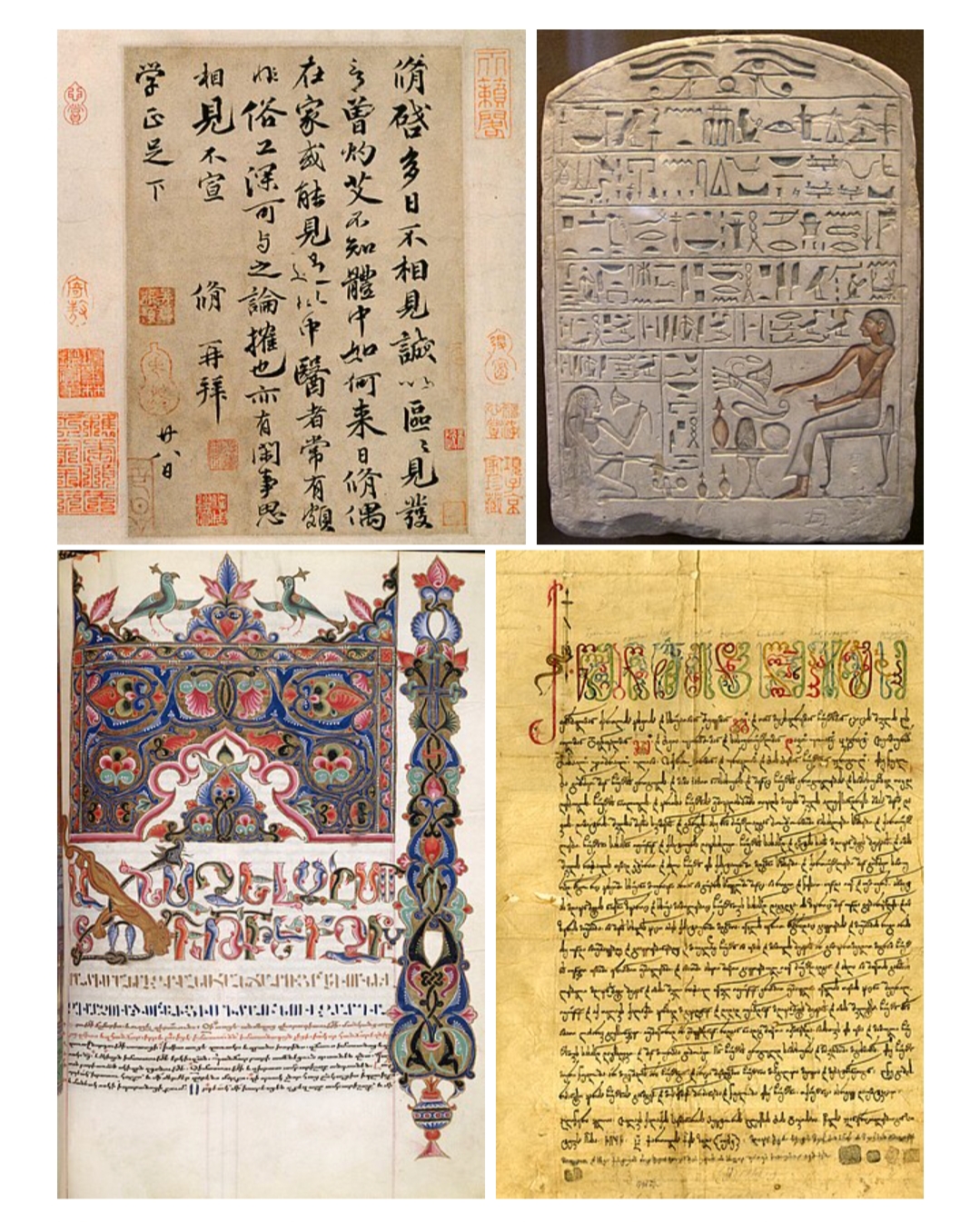
As the scholarly classes used Chinese characters, Korean calligraphy used hanja until the 1910–1945 Japanese occupation of Korea. Nationalist sentiment led to the popularization of the native hangul alphabet, and calligraphic works using hangul have since seen a revival, although hanja calligraphy is still popular today.
Korean calligraphy is developing its own style, steadfastly. Fonts that are not square are being developed, considering jong-sung, or sound coming after the vowel.
- Basic Techniques in Calligraphy
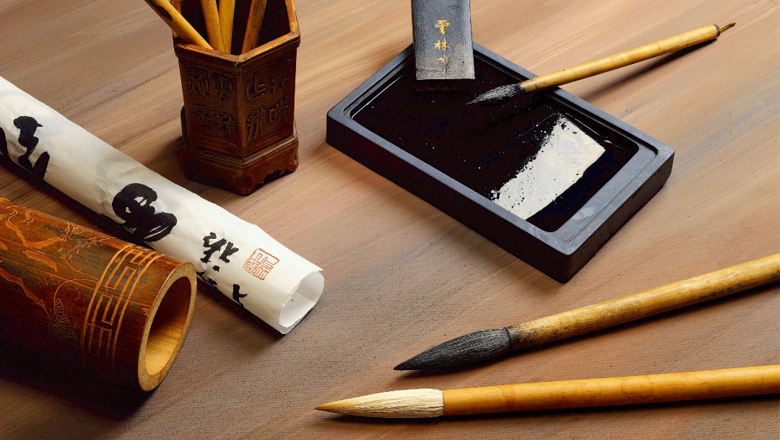
Basic calligraphy tools called ‘Four treasures of the study’ (문방사우), these four items are basic tools used in Korean calligraphy.
- A brush
- Paper
- Ink stick and inkstone.
Traditional calligraphy brushes are made up from animal hair, while ink is made up from ground ink sticks mixed with water on an inkstone.
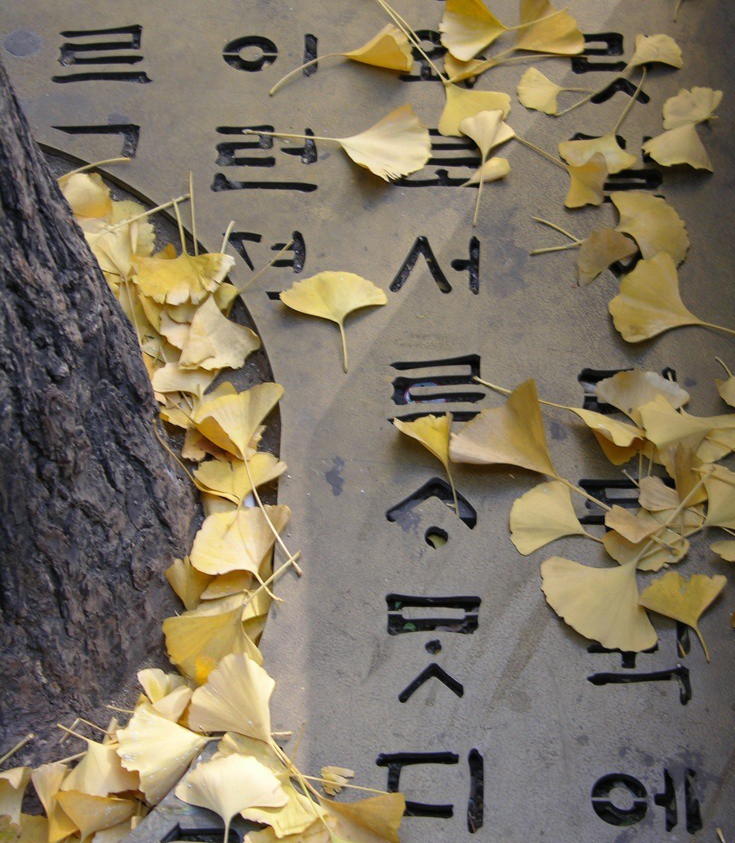
Brush-Strokes:
Basic strokes include horizontal, vertical and diagonal lines as well as dots and curves. Practice each stroke individually, focusing on maintaining consistent pressure & fluidity.
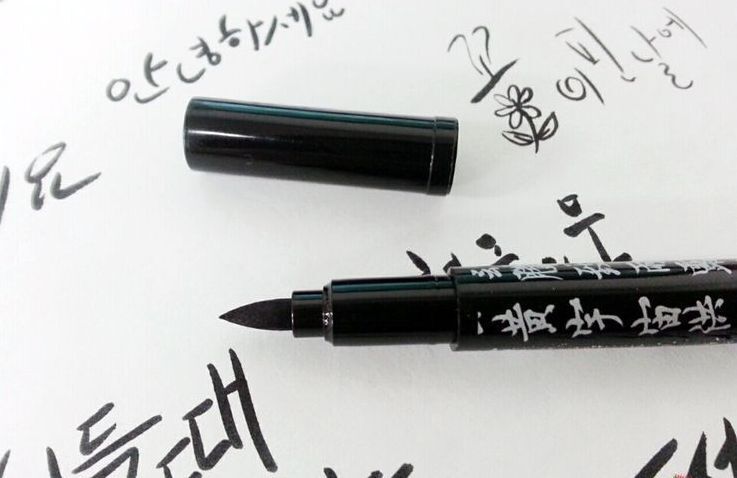
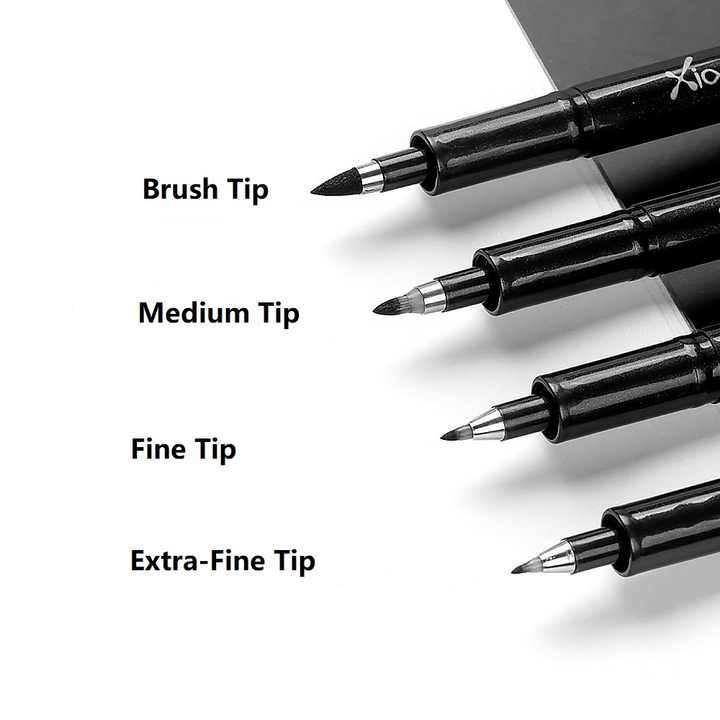
HANGUL CHARACTERS 한글 문자
As you become more comfortable with individual stroke, practice forming Hangul characters starts with simple like ㄱ ,ㄴ ㅁ,ㅛ, ㄷ ㅌ and then gradually move towards different syllables like
- ㄱ (기역, giyeok)
This is a single-stroke character, meaning you’ll start and finish it in one stroke. Start from the left and then drop down.
- ㄴ (니은, nieun)
This is also a single-stroke letter, starting by dropping down on the left side before continuing as a horizontal line towards the right.
- ㄷ (디귿, digeut)
Your first two-stroke character. For this stroke order, start by drawing the top line from left to right. Then finish it by drawing ㄴ below the first line.
- ㄹ (리을, rieul)
This is the first slightly more complex character. First, draw the shape of ㄱ, as instructed above. Then, draw a horizontal line, from the left to the right, so that the line touches the finishing tip of the ㄱ.
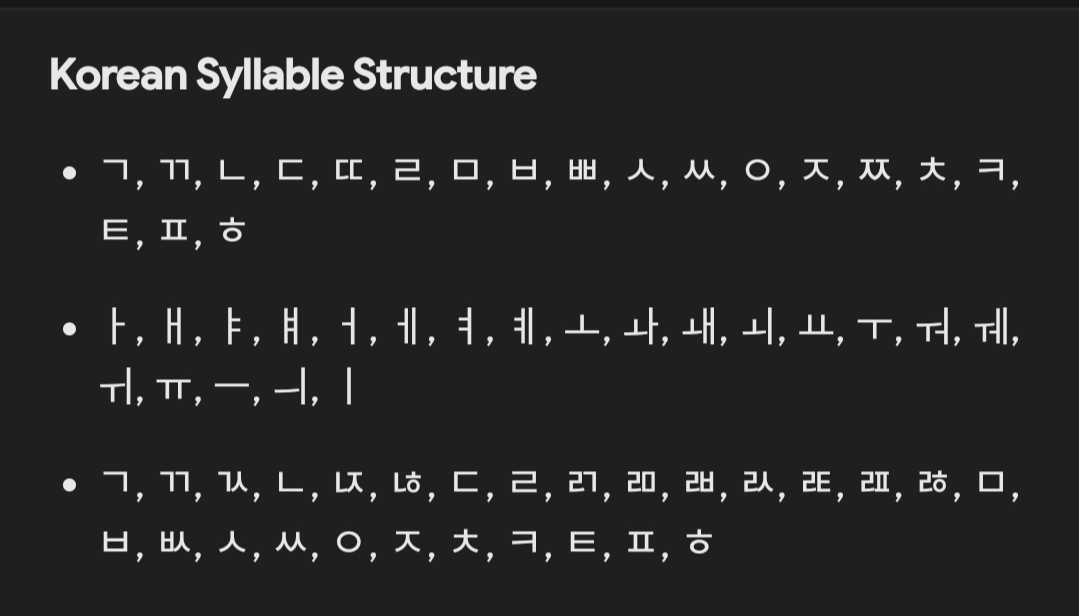
Then, finish off with an ㄴ, connecting it to the start of the horizontal line. In other words, to draw ㄹ, you can imagine yourself drawing ㄱ and ㄷ connected as one character.
- Practice Exercise for Beginners
Here are some tips for beginners in Korean calligraphy.
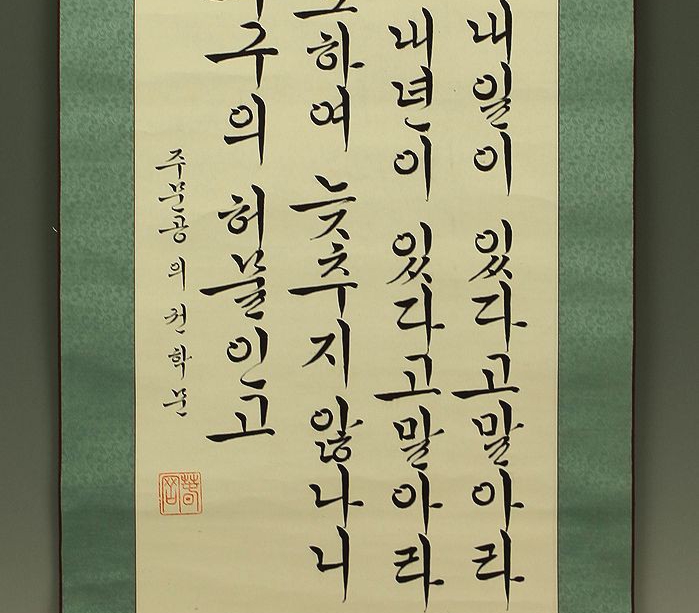
- Calligraphy is a skill, so you have to keep patience and never stop practicing on a daily basis.
- In calligraphy beauty lies in harmony and balance of each character. Pay attention to the size and alignment of your strokes.
- Observe other artists’ work. This will help you gain a deeper understanding of art and will help you to develop your own style.
- Enroll in a local calligraphy class or attend workshops. But it should be beginners friendly.
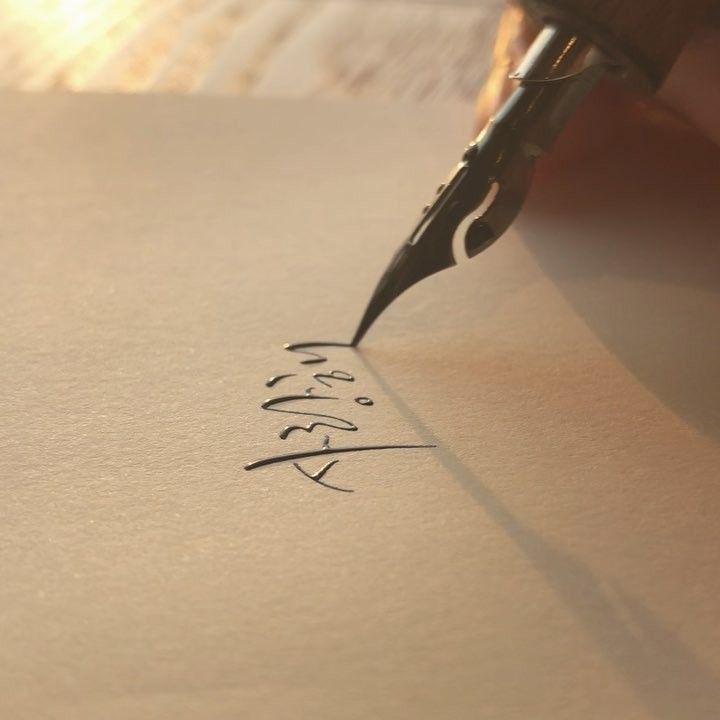
My Suggestion:
Always keep going, try to do everything with so much interest & happiness that it will lead you to perfection. Calligraphy is one of the best examples to understand cultural significance. Learn calligraphy with so much attention and then practically perform it like a hobby. When it becomes your hobby it provides you so much joy & satisfaction.
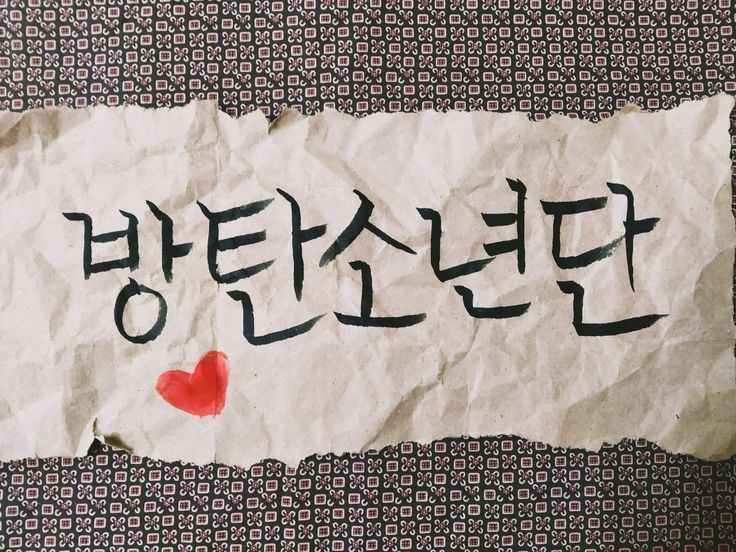
I hope you find this blog useful. If you have any questions related to Korean language learning feel free to contact us.
Regards,
TASKEEN PEERZADA

Leave a Reply